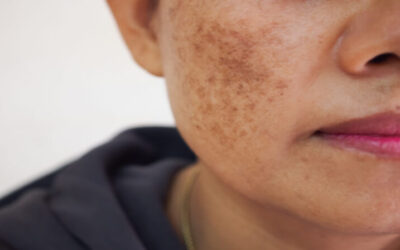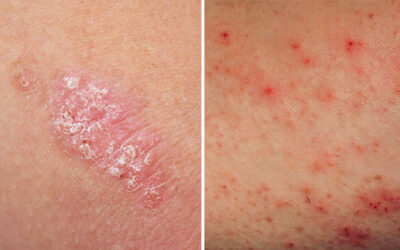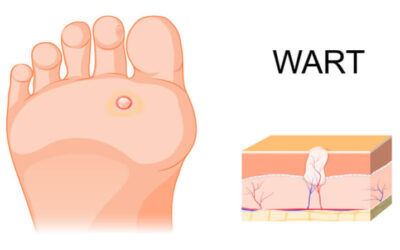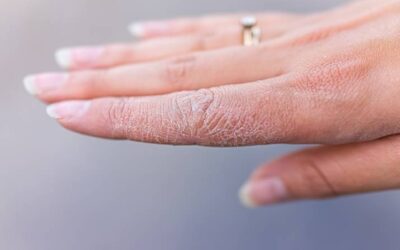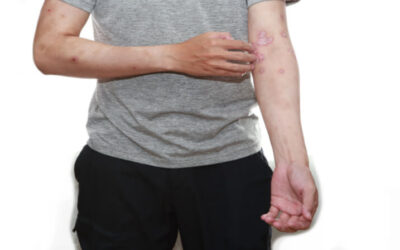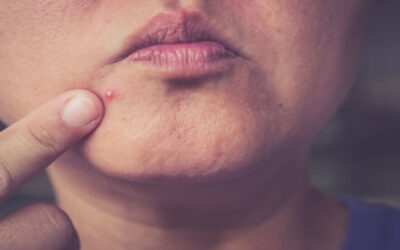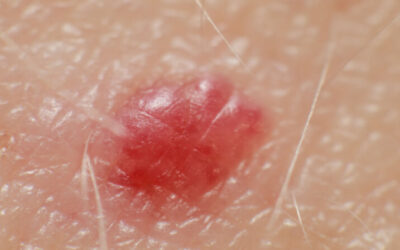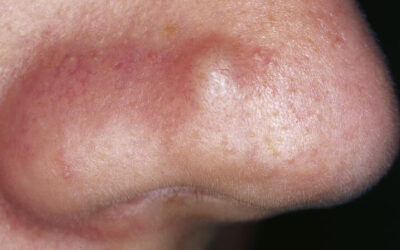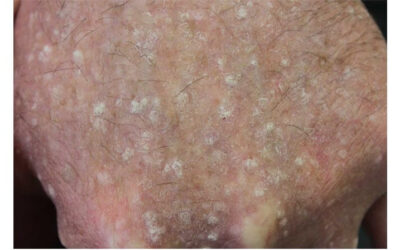Many people are discovering that dermal filler injections can help minimize fine lines and wrinkles around the face and hands.
Even the lips and cheeks can benefit from dermal fillers, which can enhance their volume. As a part of any skincare program, anti-aging injections like dermal fillers can give you more youthful-looking skin.
Here are a few things to keep in mind before becoming too enthusiastic about this procedure.
What do dermal facial fillers do?
Dermal fillers reduce facial wrinkles and restore volume and fullness to the face.
Subcutaneous fat naturally diminishes as we age. Smirk lines and crow’s feet are more visible when the facial muscles function closer to the skin’s surface.
The skin on the face extends as well, which contributes to the thinning of the face. Aside from sun exposure and genes, the way one lives also impacts the facial skin.
Here’s what filler can do
- Reduce or eliminate the lower-eyelid shade.
- Repair facial abnormalities
- Make recessed scars look less noticeable
- Reduce the appearance of wrinkles and folds on the face
- Add volume to the lips
- Add depth to the shallow contours
With early signs of aging or facial rejuvenation surgery in mind, dermal fillers can be beneficial.
Types of Dermal Fillers

Dermal fillers come in a variety of forms. These are the most common:
Juvederm
This collection of fillers, called Juvéderm, comes in various formulations for application in different areas of the face. They contain hyaluronic acid, a natural substance that can absorb water and keep the skin hydrated.
Over time, the cheeks flatten, and Juvederm Voluma XC is utilized to restore their youthful shape. Juvederm Ultra XC and Volbella XC, both used to smooth out vertical lip wrinkles, are lip-plumping treatments.
Restylane
Product lines from the Restylane family address a wide range of issues and often overlap. The original Restylane is a wrinkle and folds smoother and may also fill out thin lips with volume.
Radiesse
Radiesse is an injectable calcium hydroxylapatite filler used to treat moderate to severe facial wrinkles, such as the nasolabial folds. This product can also give the cheekbones and other facial features a lift. It isn’t applied to the lips.
What parts of the face can we treat with fillers?

For dermal filler therapy, here are five crucial face areas.
LIPS
Non-surgical lip enhancement can be achieved using dermal fillers. Volume and shape can be improved by injecting filler into the lips.
FOREHEAD
Injecting filler into brow lines can help restore a young aspect to the face. Fillers and Botox are frequently used together in the treatment of the forehead.
NOSE
Injectable fillers are used to correct asymmetry, fill in dimples and humps, and conceal the appearance of nasal humps or lumps.
ACNE SCARS
Acne scars might be less apparent if indents are smoothed out using fillers.
CHEEKS
Dermal fillers can lift and rejuvenate the face by adding volume to the cheeks.
What should you expect with dermal fillers?
With dermal fillers, you may expect instant effects after just one treatment in the vast majority of the situations.
It may take 7-10 days for the swelling to subside and for you to be able to appreciate the final dermal filler results if you have any edema, especially in the lips.

Are there any side effects?
Because they are both effective and safe, injectable cosmetic treatments have become popular. Swelling, redness, bruising, or pain at the injection site are common adverse effects. These are generally gone in a few days.
There are other less prevalent but not possibly serious risks. These are things your dermatologist will go through with you in great detail.
How long do injectable dermal fillers last?
Individual outcomes will vary, just like with any other skincare technique.
According to the American Society of Plastic Surgeons, some dermal fillers might last from six to 12 months, while others can last two to five years.
What if you don’t like the results?
Even though most of our patients are delighted with their outcomes, hyaluronic acid fillers can be removed if you are not.
The filler in your face can be dissolved with an enzyme injected by your plastic surgeon until you are satisfied with the results.
How do you know which is the best dermal filler treatment for you?
With your doctor’s help, you may choose the best dermal filler for your needs. There is no harm in doing some research and writing down any questions you may have ahead of time.
In addition, the FDA-approved list of dermal fillers is a valuable resource to consult. Unapproved versions are also included in the list provided by the government.
When selecting a filler, the most critical consideration is whether or not it is reversible. How long-lasting do you require your filler to be?
Next, you’ll need to think about where the injection will take place and what kind of appearance you want to achieve.
Do you like a more subdued or flamboyant style? To help you limit your options, consider the following factors:
Find a board-certified dermatologist or plastic surgeon for the most remarkable outcomes. They can advise you on the appropriate filling for your situation.
They may also explain the variations between the various types of fillers and how they address particular problems and difficulties in different body parts.
For example, if you want to boost your lips or cheeks, you’ll want one type of filler, not another.
Knowing a little about the best fillers available can help you make an informed decision. At Skin Cancer Specialists, we can help you make the right choice if you live in the nearby areas of Sugarland, Conroe, Houston, Texas, or surrounding areas. Give us a ring and set up an appointment right now!


